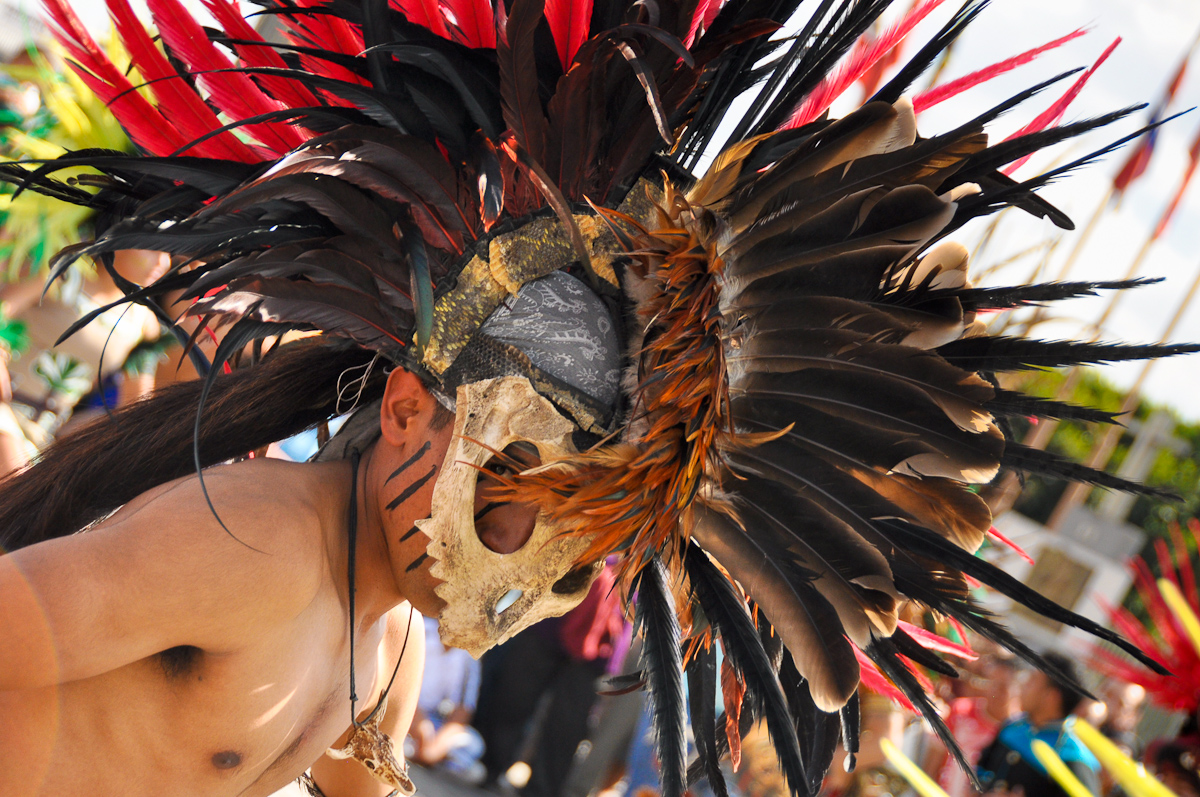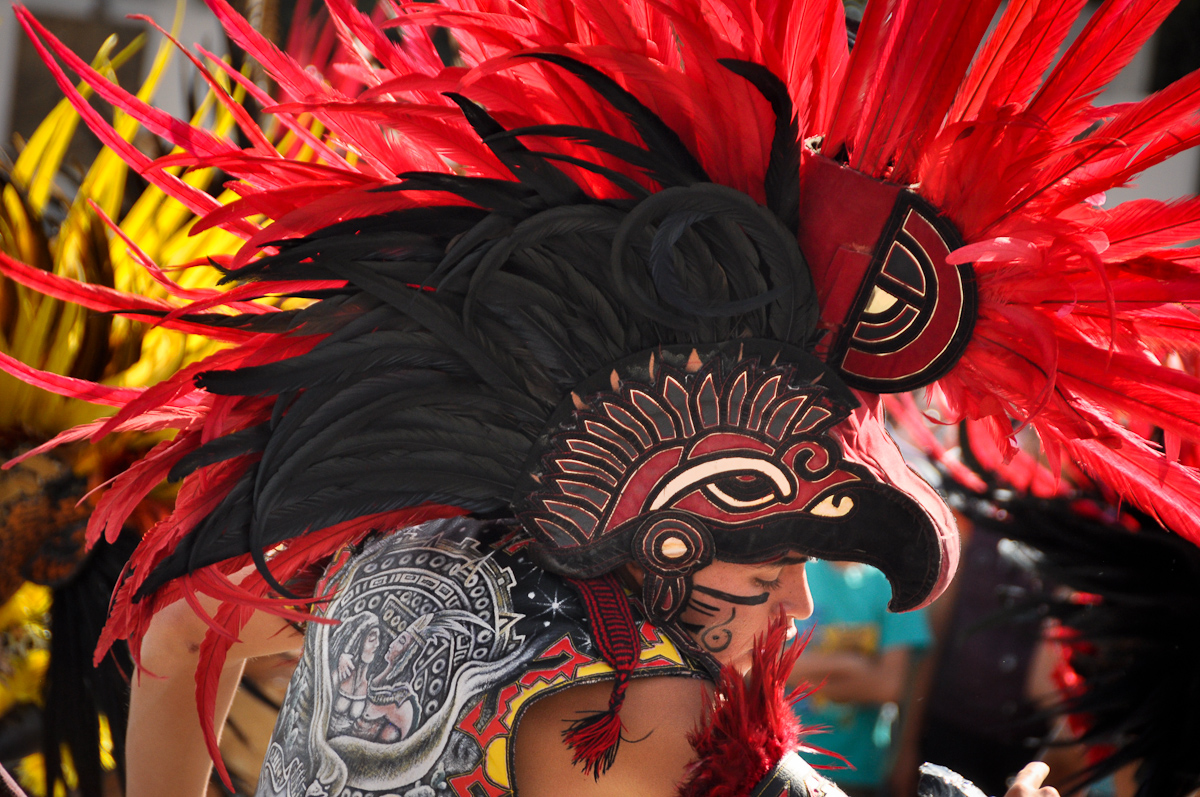Below are some photographs from a recent trip to the famous Yosemite National Park in the Californian Sierra Nevada mountains.
Since I moved to California I had the idea of engaging more in landscape photography since the western part of the United States provides a vast amount of beauty to be explored and framed into images. For this specifically I was able to test a new DSLR and high quality lens. This was also a great opportunity to explore editing photographs based on raw files. We had terrific days of hiking and the photographic opportunities were seemingly endless.
Back home while narrowing down a selection of strongest images I ended up with a gallery of 11 pictures. Looking at all of them at once, it is striking how different they are in style, color, and lighting. In the end it all works together though because the imagery of this gallery just shows some of the diversity and the many faces of an exceptional national park.
My biggest fascination of all is how plants and trees are able to grow on ground, granite and mountains that look hostile for life. Nature always finds a way.



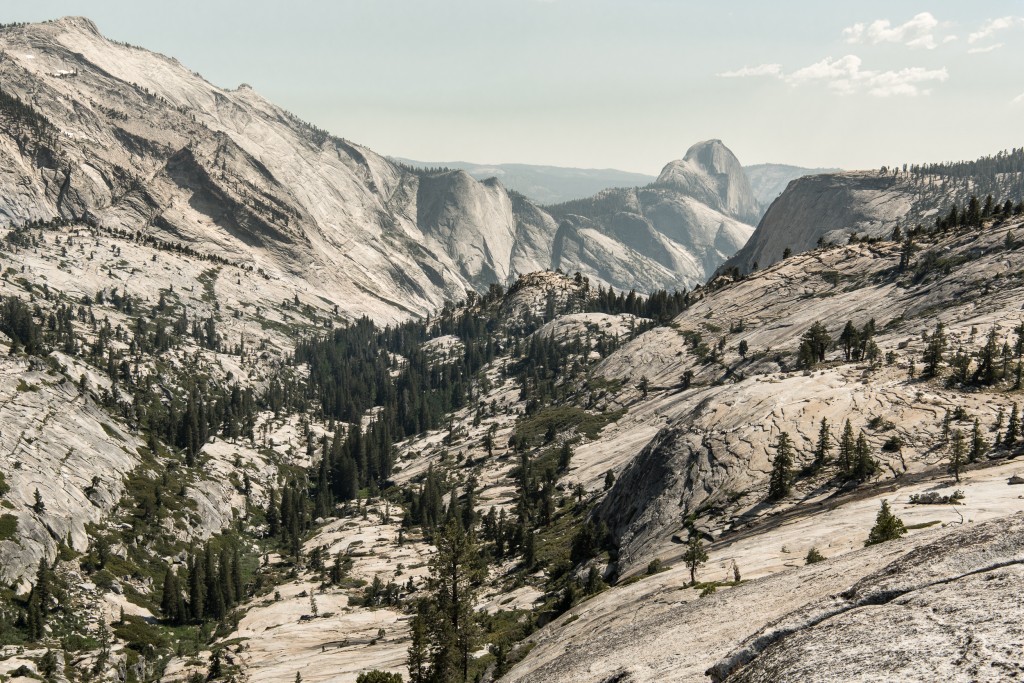


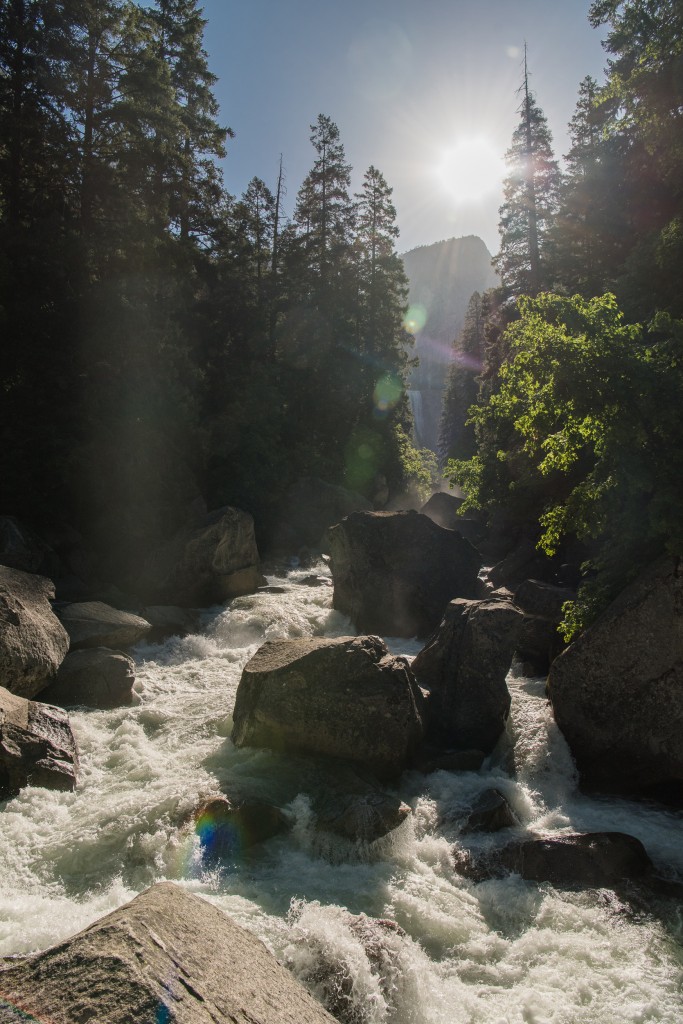








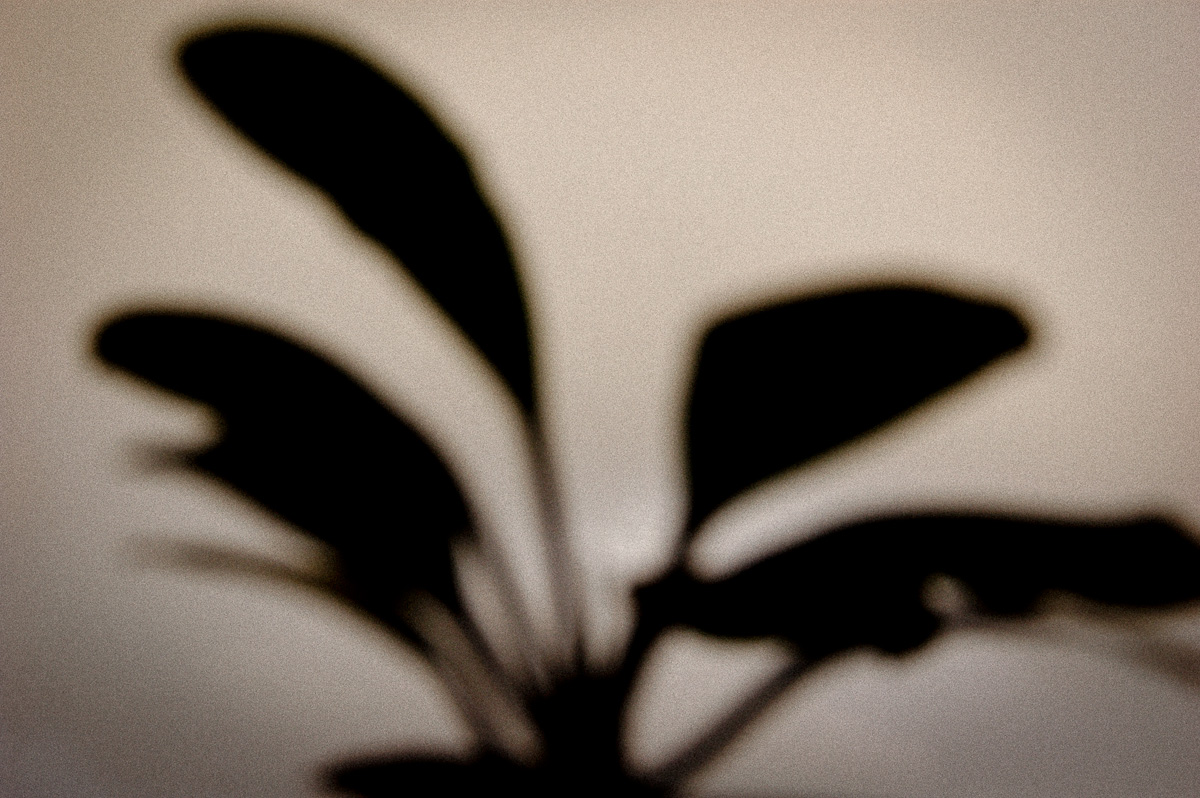


 Looking down on Lake Como, Italy – August 10 2013 7:24 pm
Looking down on Lake Como, Italy – August 10 2013 7:24 pm


